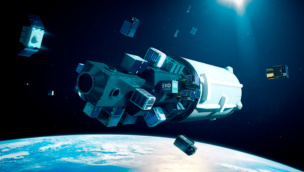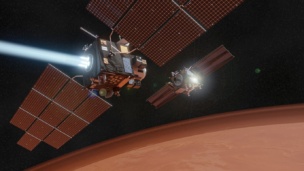From Tuesday to Wednesday, TechCrunch held TC Sessions: Space 2021, with excellent programming and speakers from startupland, the investment community, NASA, academia, and more. We took diligent notes and wanted to share some of the notable highlights below.
Debris: A spacecraft is 10X more likely to be hit by a dead satellite or cataloged debris than an active satellite, LeoLabs cofounder and CEO Dan Ceperley said.
Orbital outposts: The race is heating up to get commercial LEO stations into orbit to complement/replace the ISS, as underscored by a 1-on-1 between TC and NanoRacks cofounder and Voyager President Jeffery Manber.
VC: SPACs have been liquidity events for space investors, Bessemer Partner Tess Hatch said. She pointed to “unique sensors in space” as a 2022 investment thesis of interest. Hemisphere Ventures’ Lisa Rich said: “ I’m glad to see fewer people contacting me saying they’re going to build a rocket.”
On rocket-building: Rocket Lab’s Peter Beck walked through the trials and tribulations—and opportunities—with Neutron. “I laid a challenge down for the team…we should be able to fly this rocket 24 hours after it lands,” Beck said.
And finally…SPACs! Going public via SPAC helped Astra “bulletproof the books” and turbocharge recruiting, CFO Kelyn Brannon said. On the flipside, “I actually think this party is going to end very badly for a number of companies,” Rocket Lab CFO Adam Spice said. He said SPACs could represent a “dangerous” financial product and that a company needs to “be the right fit for it.”




